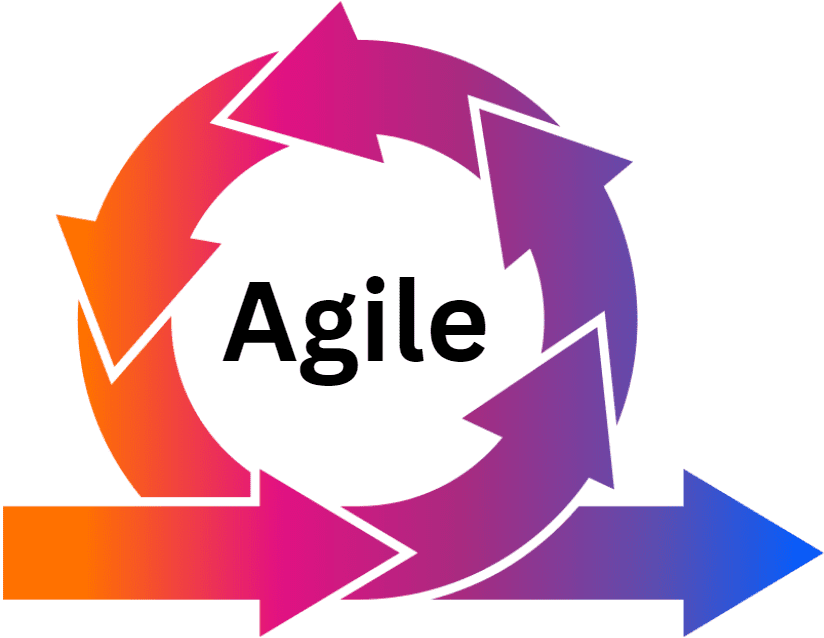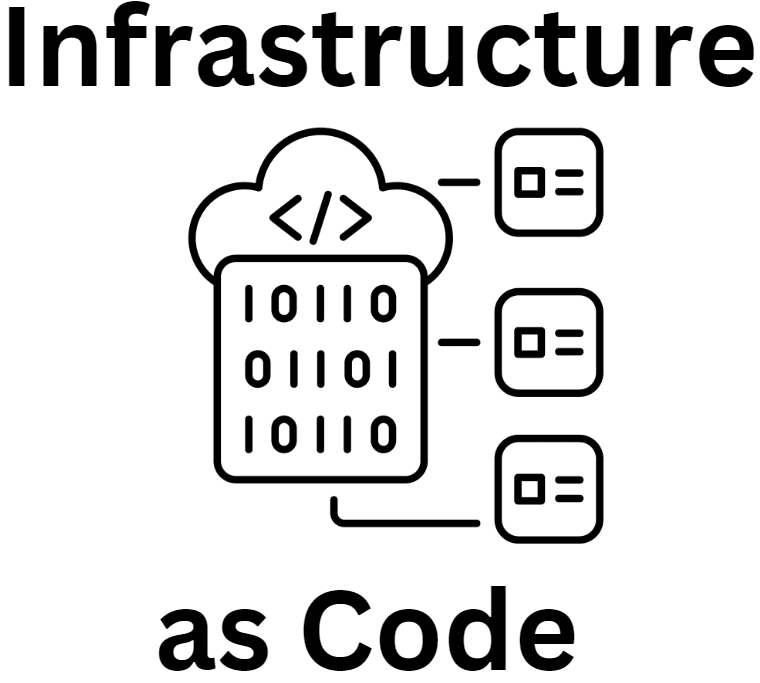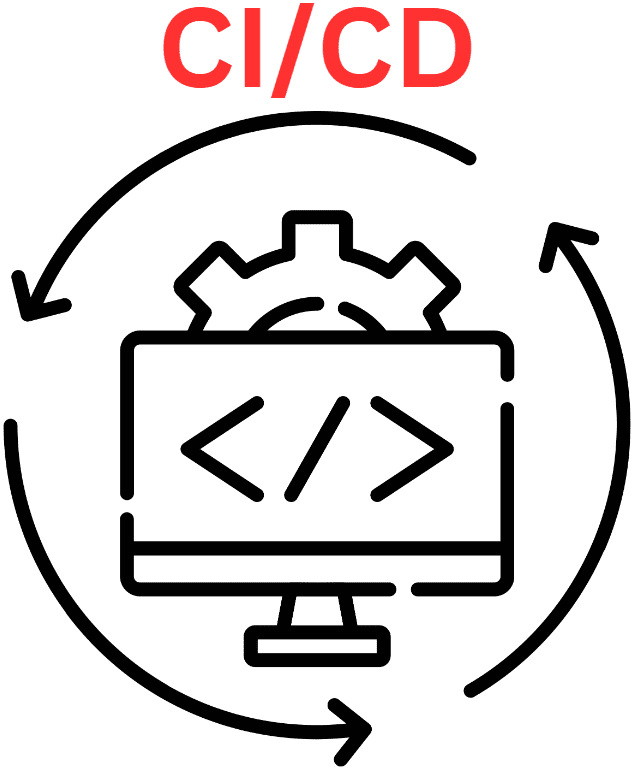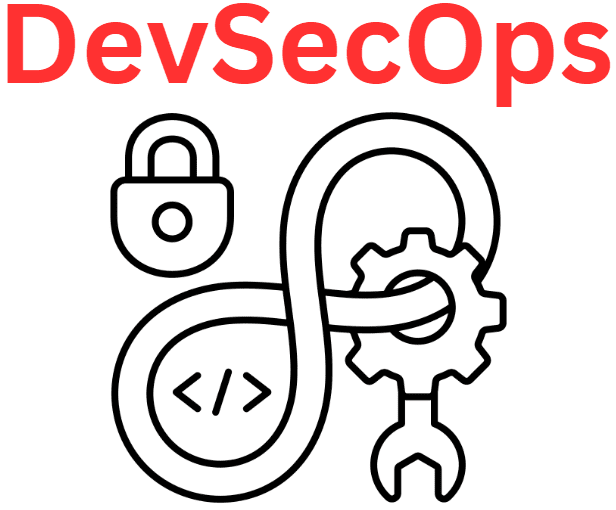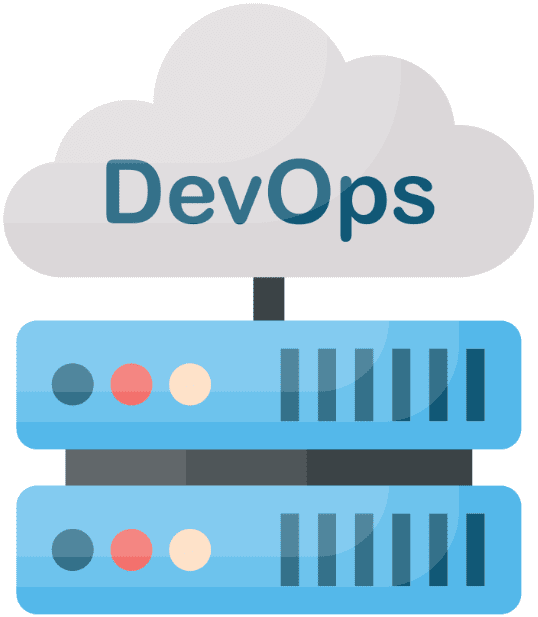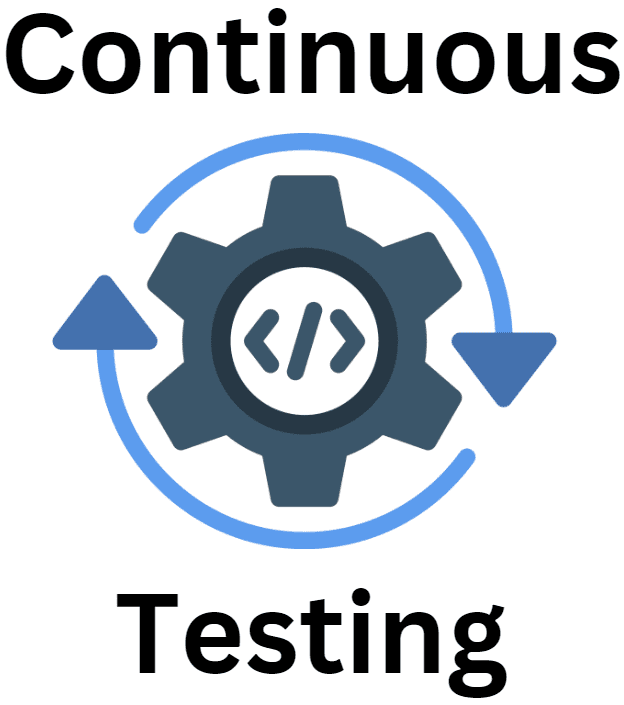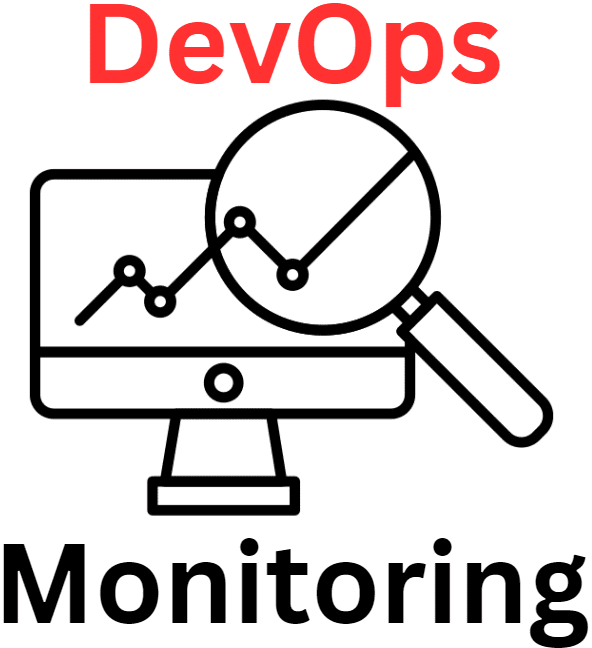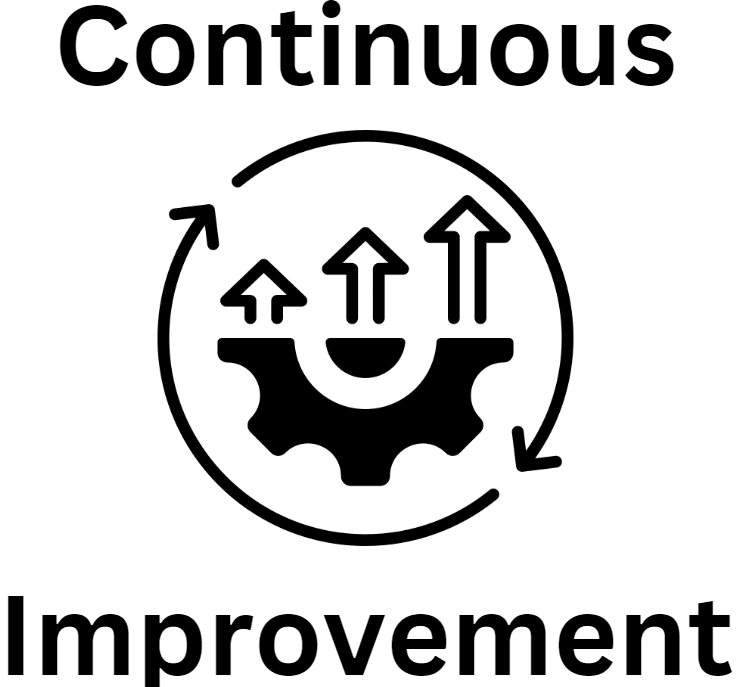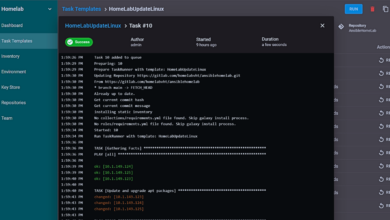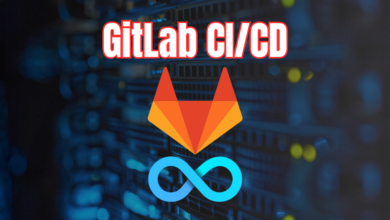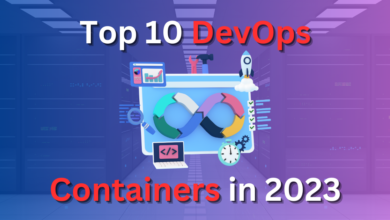DevOps Best Practices in 2024
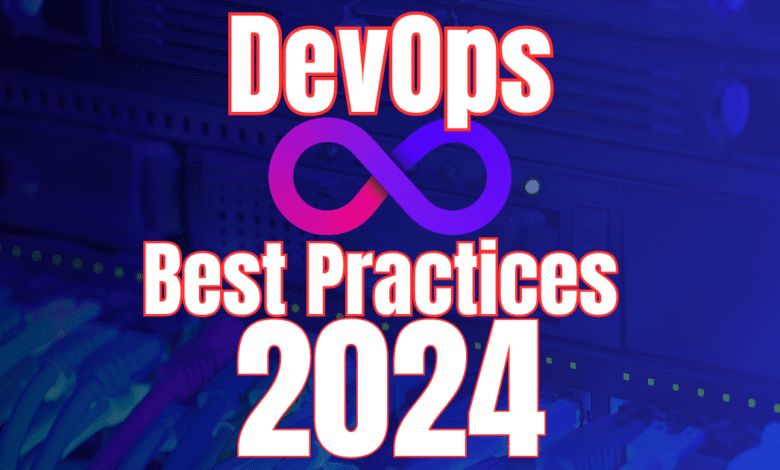
Devops is a hug part of modern development processes in production environments. DevOps operations teams are part of the broader interaction between development and operations teams to create modern software apps that follow modern workflows. Let’s take a look at DevOps best practices in 2024 for the DevOps team and see why these are important, especially now as part of the DevOps trends we see happening across the board.
Table of contents
- 1. Adopt Agile development processes
- 2. Utilizing Infrastructure as Code (IaC)
- 3. Implement Continuous Integration and Continuous Delivery (CI/CD)
- 4. Prioritizing DevOps Security (DevSecOps)
- 5. Leveraging Cloud Technologies for DevOps
- 6. Focusing on Continuous Testing and Quality Assurance
- 7. Monitoring, Logging, Analytics Observability and Continuous Feedback
- 8. Investing in DevOps Training and Skills Development
- 9. Embracing a Culture of Continuous Improvement
- 10. Making Use of Generative AI and machine learning (ML)
- Wrapping up DevOps best practices in 2024
1. Adopt Agile development processes
Agile development is all about automation and release management. It is the approach that most software development teams are coding these days and allows a dev to develop their code in an iterative progress. It also is known for collaboration, and flexibility in software development that allows teams to rapidly adapt to changes and deliver value to customers frequently. Agile development definitely helps with agility in the software lifecycle workflow, hence the name “Agile”.
Many have also heard the word Scrum. It is a framework or methodology that operates under the set of principles of Agile development. It provides a structured approach to implementing Agile by organizing work in fixed-length iterations called Sprints, typically lasting 2-4 weeks. Scrum emphasizes teamwork, accountability, and iterative progress towards a well-defined goal. It uses regular meetings (daily standups, sprint planning, sprint reviews, and retrospectives) to ensure continuous communication and collaboration among team members.
Developers commit code for new features, functionality and even maintenance releases, using git, to a version control system and code repository like GitHub, Jenkins, GitLab, Bitbucket, or other development integrations. Then the Agile development process uses this along with other tools for integration, orchestration and implementation of new code projects.
This is in contrast to the traditional large monolithic code releases that happen once or twice a year, requiring each developer to be in lock step and releasing new capabilities and functions at the same time.
This process allows businesses to stay competitive and deliver new enhancements much more quickly with Agile project management. Implementing DevOps is a large part of this process to help deliver the infrastructure needed for these types of microservices builds.
2. Utilizing Infrastructure as Code (IaC)
If there is a coding skill or language that you will most likely need to become familiar with as a DevOps engineer, it is infrastructure as code. Typically this is Terraform in the enterprise space and even for enthusiasts.
However, OpenTofu is now becoming more highly adopted with the changes in licensing from Hashicorp related to Terraform. Terraform and other IaC languages allow DevOps engineers and GitOps engineers to describe infrastructure “as code” and allow building infrastructure much like software engineers build a software app.
This practice improves many aspects, including operational efficiency and ensures consistency and reliability in the software delivery process.
3. Implement Continuous Integration and Continuous Delivery (CI/CD)
Continuous integration and continuous delivery are one of the core principles of DevOps best practices in 2024. CI/CD pipelines enable DevOps teams to deliver high-quality software in shorter cycles to automate deployments and updates to multiple virtualization platforms and systems, including servers, cloud platforms (AWS, Azure, Google, and others), serverless, Kubernetes, Docker containerization, and others. This core component of DevOps is makes automated testing and deployment possible.
It also makes sure the code changes are integrated and delivered efficiently to the production environment. By automating infrastructure and other development processes, companies can drastically reduce manual errors and increase their operational efficiency.
CI/CD pipelines are something I have written about quite a bit for learning and home lab purposes. It is a great learning project and one that can lead to real benefits in your lab environment.
4. Prioritizing DevOps Security (DevSecOps)
Security practices are extremely important today and organizations have to think about security on the frontend as opposed to an afterthought. This focus on eliminating security vulnerabilities and incident response as part of DevOps integrates detection, visibility, transparency, and security into the DevOps pipeline.
It helps ensure security considerations are woven into the software development and delivery processes from the beginning. It helps to identify and also mitigate and remediate security issues early in the process so vulnerabilities aren’t discovered later on. This process helps to protect the overall security of code.
5. Leveraging Cloud Technologies for DevOps
Cloud computing architectures is where most organizations are targeting for modern development, applications, and services. This is also true for DevOps processes and tools. Why? The use of cloud DevOps tools and services offers unparalleled scalability and flexibility, enabling DevOps teams to efficiently manage and provision infrastructure.
Organizations are using tools like Azure DevOps, cloud versions of Gitlab, GitHub, and others. Consuming these DevOps code lifecycle management tools as a Software-as-a-Service (SaaS) platform is a great way that organizations can start reaping the benefits of DevOps tooling without worrying about maintaining the infrastructure and architecture side of their code platform technology. This helps with productivity, helps minimize downtime, improves speed, reduces complexity, and many other benefits.
The best DevOps practices in 2024 will certainly include some type of cloud-enabled services to make things easier and more fully-featured, as well as accessible to developers working in multiple geographic locations.
Cloud also makes possible things like continuous monitoring and feedback which are essential components of the DevOps lifecycle.
6. Focusing on Continuous Testing and Quality Assurance
Continuous testing is becoming an integral part of maintaining software quality throughout the development cycle. Automated tests integrated into the CI/CD pipeline allows DevOps professionals to ensure issues are identified and remediated quickly. This improves the code quality and customer satisfaction.
You may have heard about linting before. Linting is the process of running a program, called a linter, that analyzes code for potential errors, stylistic issues, and deviations from coding standards or best practices.
It helps developers fix problems such as syntax errors, problematic patterns, or even stylistic issues before the code is compiled or executed. Linters are used to ensure a consistent coding style and detect issues that could lead to bugs or performance problems.
7. Monitoring, Logging, Analytics Observability and Continuous Feedback
A major part of the day 2 operations side of things with DevOps best practices in 2024 is monitoring, logging data and continuous feedback. Understanding application performance helps to give insights into any code or performance issues related to the development lifecycle and other requirements.
It helps DevOps engineers gain insights into an application’s performance, demand and user experience via metrics, logs, and other performance indicators. It also allows DevOps teams to gather something called “continuous feedback” which allows for ongoing improvement and optimization of the software delivery process, a sort of feedback loop for development.
Check out my post here covering the best DevOps monitoring tools in 2024: Best Open-Source DevOps Monitoring Tools in 2024.
8. Investing in DevOps Training and Skills Development
Training and skills development is an extremely important part of becoming a better DevOps engineer. There are so many new tools and code techniques that are coming onto the scene for use with DevOps tasks, CI/CD pipelines, and many other processes.
I have greatly benefited from working on DevOps skills in the home lab by automating things that I normally would have just done manually for DevOps practice. Also, don’t stop with simple scripts. Take something simple, like a scheduled task, you have running that does something and then turn it into a CI/CD pipeline to run your process instead, which will help to adopt DevOps practices in your lab environment and move your career along at the same time. Look for an upcoming post on how to do this soon!
Also play around with something like Ansible for configuration management to consistently apply settings across servers, virtualization environments, and others.
Also, investing in training helps ensure that team members are up-to-date with the latest DevOps tools and techniques, helping engineers enhance their ability to innovate and improve software delivery.
9. Embracing a Culture of Continuous Improvement
At the core of DevOps best practices is the ethos of continuous improvement—a commitment to constantly refining and enhancing processes, tools, and methodologies. This culture encourages experimentation, learning from failures, and leveraging continuous feedback to drive operational efficiency and software quality.
By adhering to these DevOps best practices in 2024, organizations can not only streamline their software development and delivery processes but also foster innovation, efficiency, and resilience in an ever-evolving technological landscape.
10. Making Use of Generative AI and machine learning (ML)
One of the tremendous technologies that is literally changing the landscape of everything related to tech is generative AI and machine learning. I am sure everyone has heard about generative artificial intelligence and what it can do and examples of what it can do on the programming front. It represents a tremendous shift in in how we will be able to learn and accomplish things. Despite the concerns about AI, If you are looking to get into the role of DevOps, AI can serve as your mentor and experienced DevOps engineer that you can ask questions and reach levels of expertise, growth, and proficiency in the industry faster than ever before.
If you have goals of learning infrastructure as code and writing your own pipeline files, use AI to help with this process and approach it in phases and it is great for users to bounce ideas off of in order to vet thinking and problem-solving with much less effort. There is a world of opportunity here. Many jobs are even popping up with prompt engineering with vast opportunities. There is usually more than one method to get to your goal. Using AI is just one powerful tool to accomplish this. The scope of DevOps will never be the same now that we can use this tremendous documentation source and knowledge sharing we can get from generative AI.
Wrapping up DevOps best practices in 2024
DevOps, like many other technical disciplines is evolving and seeing many advancements in 2024 as part of the software development lifecycle. There are so many great new tools, products and other techniques that are being used by DevOps engineers on the development team for transformation of the software development lifecycle across the board.
We have only covered a few of the DevOps best practices, features, resources, faqs, and techniques as part of this guide. Everyone’s journey with DevOps may be a little different depending on the use case, application, and needs of the organization across various industries. The importance of following best practices cannot be overemphasized. Following these and others will help you find success for the demands of your next software and infrastructure project.
DevOps provides the tools for deploying infrastructure at scale with execution and consistent results for each stage of the software deployment lifecycle. It is an exciting discipline and is important for each business looking to have an advantage in efficiency and effectiveness of their code in the future.


